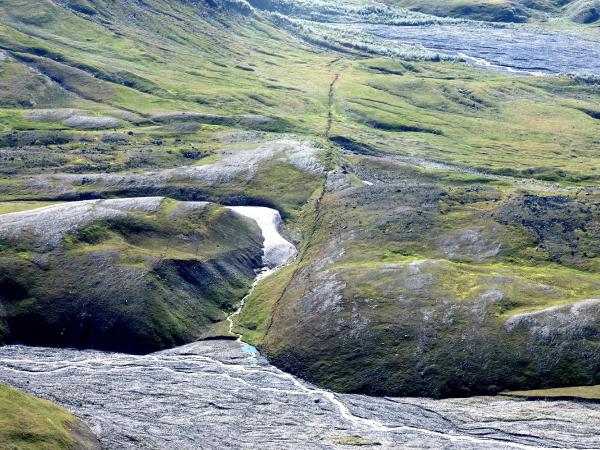The November 3, 2002 Mw 7.9 Denali Fault Earthquake, Alaska: It’s Geological, Seismological, and Engineering Legacy
David Schwartz, Scientist Emeritus
USGS

- Date & Time
- Location
- In-person at the Yosemite Conf Rm and online
- Host
- Suzanne Hecker
- Summary
The Mw 7.9 Denali fault, Alaska earthquake of Nov. 3, 2002 was one of only nine earthquakes in shallow continental crust, worldwide, larger than magnitude 7.8 since 1900. The complex faulting, which involved the Susitna Glacier thrust fault, the principal Denali strike-slip fault, and the Totschunda branch of the Denali fault occurred along 351 km of the 1200 km-long Denali fault system. Right-lateral surface offsets of 4.5–5.1 m, with a maximum offset of 8.8 m, were measured. The rupture traversed the Trans-Alaska pipeline, which had been successfully designed to accommodate Denali slip. The three-fault rupture complexity has given impetus to the inclusion of multi-fault ruptures in seismic hazard analysis. The seminar will provide an overview of the coseismic faulting and the post-seismic geologic investigations, including implications of the 2002 event for the behavior of long strike-slip faults.
Closed captions are typically available a few days after the seminar. To turn them on, press the ‘CC’ button on the video player. For older seminars that don’t have closed captions, please email us, and we will do our best to accommodate your request.
 Jump to Navigation
Jump to Navigation